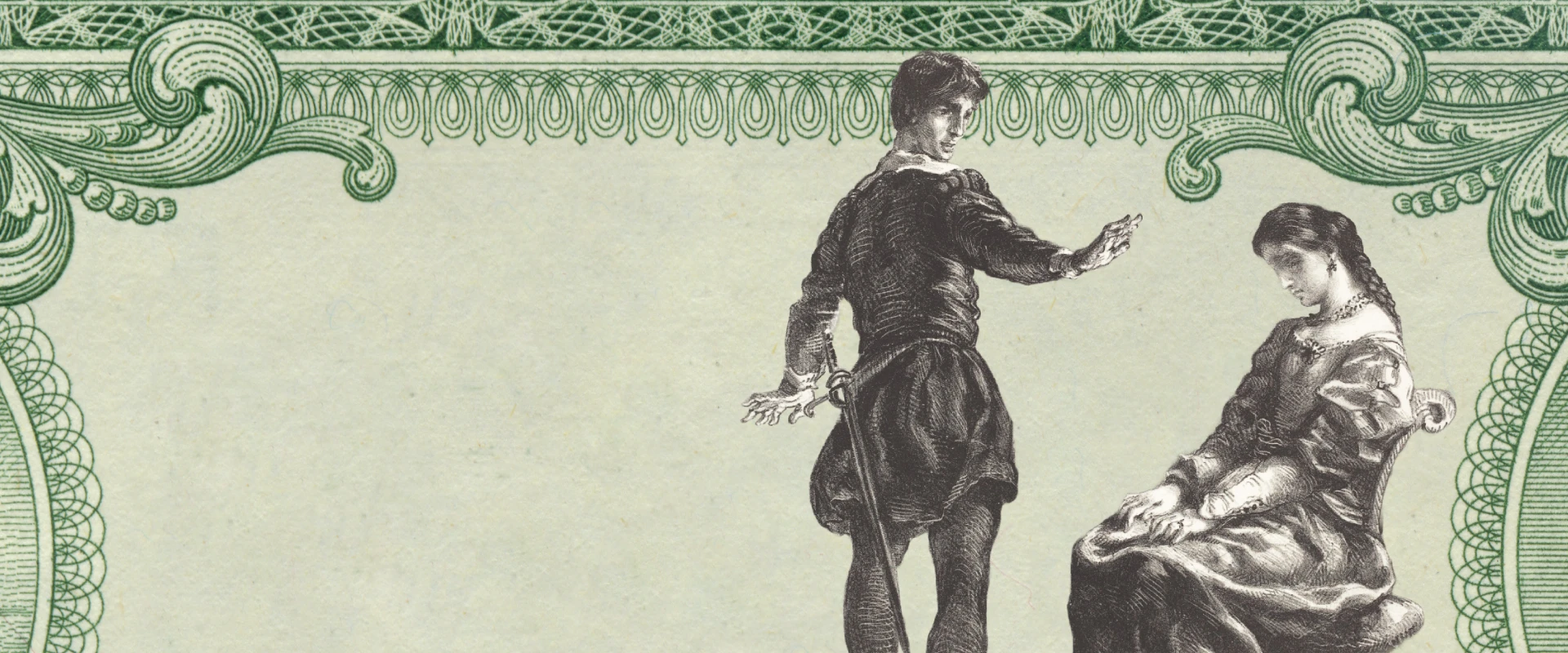
04-23-2025
In yesterday’s post, I compared the evolution of trade deficits (the amount that imports exceed exports) to the way a person’s spending and saving behavior changes over a lifetime, and talked about the circumstances under which trade deficits can ultimately make you richer or poorer. The key point is that trade deficits depend on an imbalance between saving and investment.
So what has been happening in the U.S. economy? Two things.
One, U.S. productivity growth has been much better than that of other countries, particularly those in Europe. And our currency and our policy environment have been a lot more stable than those of other countries. That means foreign investment has been flowing into attractive U.S. assets, both private and public.
Two, for decades, we’ve had low savings rates, sometimes because households are not saving enough, and sometimes because the federal government is dis-saving on our behalf. In combination, we consume everything we produce and then some.
When you add these two trends together, our domestic savings are woefully inadequate to fund the investment opportunities available in the economy, and that gap is steadily growing.
If our economy were "closed" — no flow of capital or goods — we wouldn’t have a trade deficit. But our lack of savings would mean that our students would struggle to find an American willing to supply them with goods and the capital to buy them. And the same goes for a firm that wants to build new plant capacity or engage in R&D. We aren't saving enough to finance all that.
Because we are open to international flows of goods and capital, the imbalance between saving and investment leads to a trade deficit AND to those students and those firms having the capital needed to boost their productivity. This relationship isn’t an economist’s prediction, it’s fundamental to national income accounting: (Imports - Exports) = (Saving – Investment).
The reason for our large and growing trade deficits is not foreign trade barriers. It is OUR savings behavior, and more specifically, the way in which the federal government saves for us.
The good news is that households have steadily increased their savings since 2009, and in 2023, their savings reached 18.7% of GDP. Private investment has averaged around 18 percent, so these are well balanced. The bad news is that government deficits have grown steadily larger and now equal more than 6% of GDP, $1.7 trillion in 2023. Remember the U.S. trade deficit is about … wait for it … a trillion dollars.
In essence, the government, on our behalf, spends vast sums of money that it chooses not to pay for with tax revenues. (Spends on what? Social Security, Medicare, Medicaid, defense, and interest on the debt are 70% of the total. You could get rid of the entire rest of the U.S. government and, given current tax receipts, still run a deficit.) To make that work, it funds the deficit by borrowing from China and other foreign lenders. This borrowed cash enables us to make transfer payments to the sick and elderly, and it enables all U.S. households to pay lower taxes. Households use those government paychecks and all those tax savings to fill up their Amazon cart with goods made in … China.
Notice that I haven't said anything about tariffs. Given what we know about saving and investment, where could tariffs impact trade deficits?
Long story short: Tariffs are the wrong solution. But should we try something else to reduce our trade deficit? Yes. Sharply reducing government deficits and increasing private saving will not only reduce our trade deficit, it will facilitate investment in plants, people, productivity and growth.
David Hummels is a Distinguished Professor of Economics and Research Associate of the National Bureau of Economic Research. He served as Dean of the Mitch Daniels School of Business at Purdue from 2014-2023 and has worked as a consultant for and visiting scholar at a wide variety of central banks, development banks and policy institutes around the world.